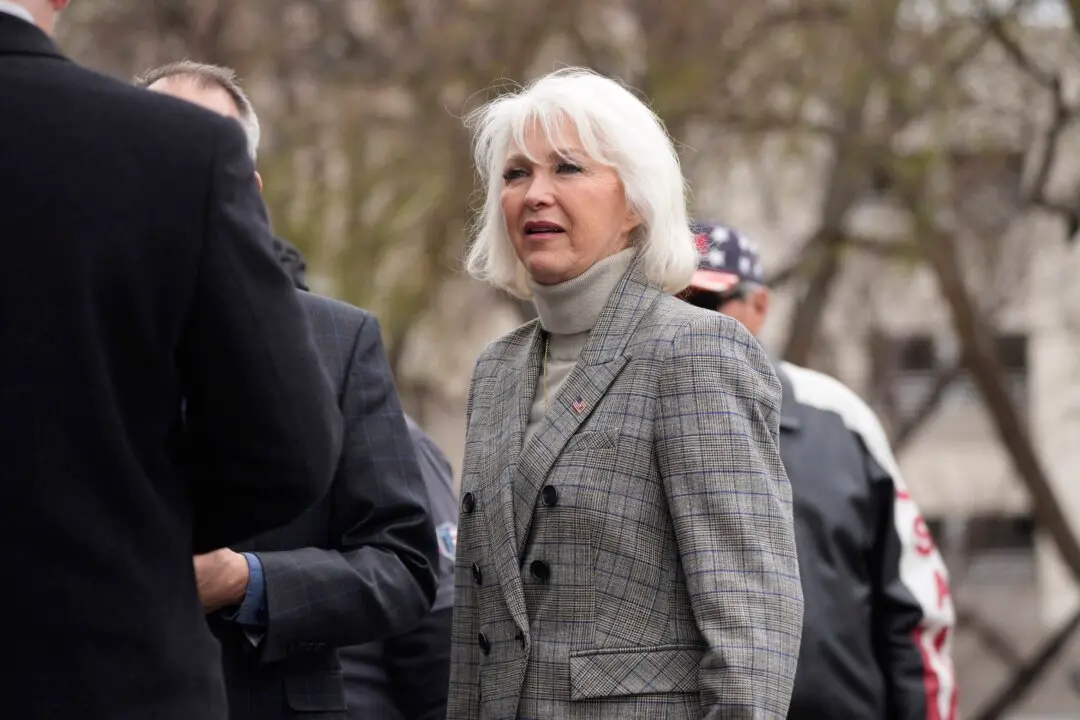The Supreme Court ruled 6–3 in favor of Montana property owners who claim the U.S. Forest Service cheated them by unilaterally changing the terms of a decades-old public access agreement affecting their private land.
The March 28 decision split the court’s six-member conservative wing. Three members sided with the property owners; the other three sided with the federal government.





